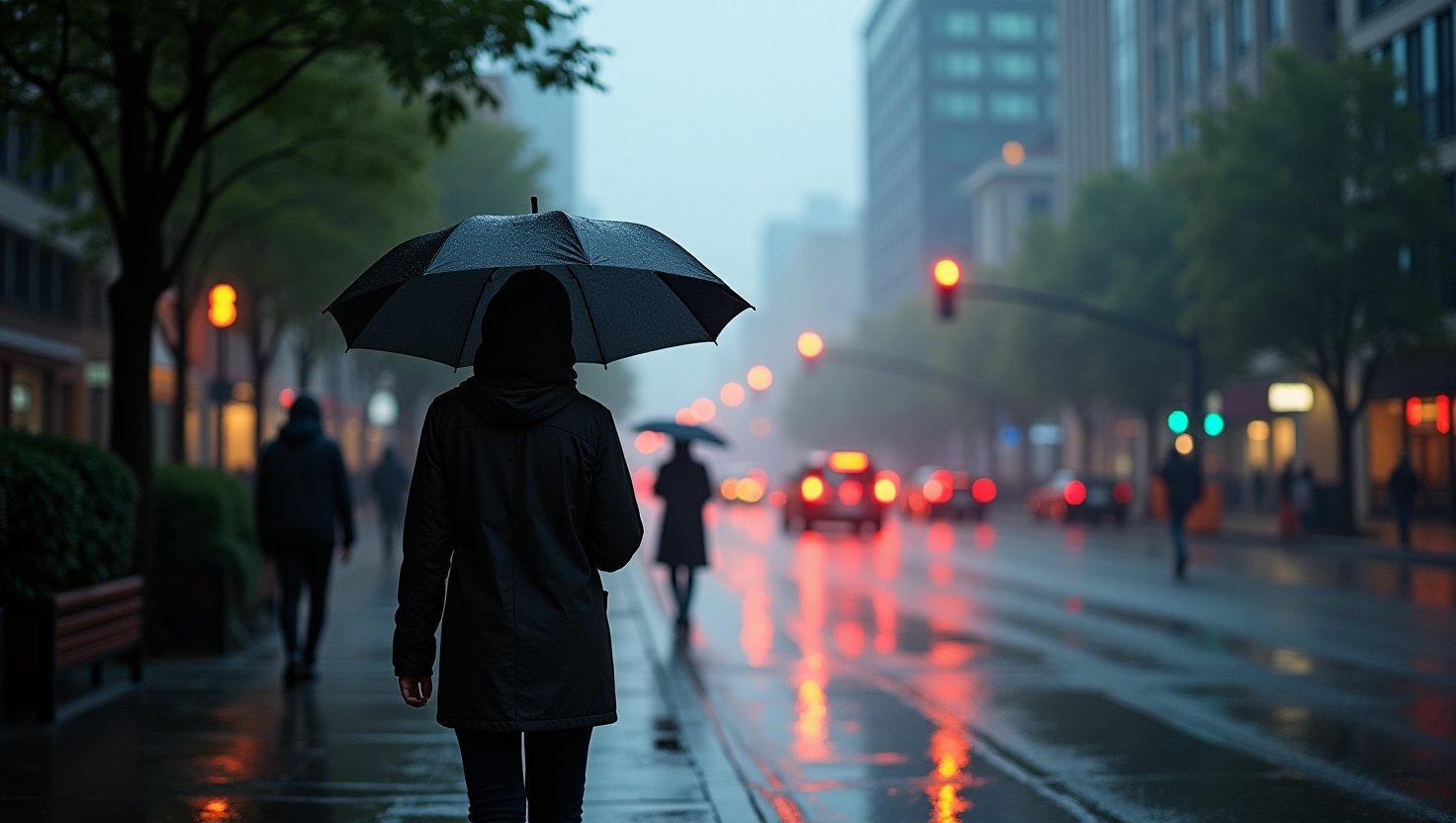Does It Rain A Lot In Seattle?
/Seattle has long been synonymous with wet weather and is perceived to be one of the wettest cities in the United States. This reputation has many asking just how much rain the city gets and if the city deserves to be called the “Rain City.” Figuratively speaking, Seattle gets a ton of rain, but the actual amount is often less than in other large cities. It’s perception based on climate, on the number of overcast days, on the way the rain falls. This article explains the reality of Seattle’s rainy climate, how it stacks up against other cities, and how locals have adjusted to the region’s particular weather patterns.
Seattle has a reputation as one of the rainiest cities in the United States, but the actual quantity of rainfall may surprise people. The city gets approximately 37 inches of precipitation a year, far less than cities like New York, Miami and Houston. While these cities face heavier downpours and more intense storms, Seattle’s rain tends to be lighter and more continuous, the kind that produces its signature gray and damp weather.
Seattle ranks third in inches of total rainfall measured from November to the end of March, but what makes it so special is the number of days it rains during that period. Seattle averages rain on 150 days per year, which gives an illusion that it rains all the time. The drizzly and cloudy days contribute to this reputation too, however, as even when it is not technically raining, the sky is likely to be dull and foggy.
Seattle rains frequently because of its location in Pacific Northwest, influenced by the Pacific Ocean. Moisture-laden air flows inland and hits the Cascade Mountains, causing steady light rain and drizzle. The rain in Seattle, unlike thunderstorms in other areas, is more often a fine mist or gentle steady rain that can last for hours.
Also, we tend to have much more overcast skies than outright rainy days, leading to a perception of even more rain than falls. It is one of the cloudiest places in the country, with an average of 226 cloudy days each year. That stretches of gray skies are so long, as to make this seem like it is raining constantly, is the result of only moderate precipitation levels.
Also Check Out Our: What Is Bill Gates' Greatest Achievement?
How Does Seattle’s Rainfall Compare To Other Rainy Cities Like Portland, Houston, And New Orleans?
Seattle may be famous for its rainy weather, but other cities get more precipitation. Cities like New Orleans, Mobile and even Portland receive more annual precipitation. The difference is that in many of those places, rain tends to come in torrential downpours, whereas Seattle is used to more frequent, gentler rain.
For instance, New Orleans receives an average of almost 60 inches of rain a year, nearly twice that of Seattle. But, in New Orleans, rain tends to come in brief, intense storms. Instead, Seattle rain is more spread out across a large number of days, leading to more rainy moments across the calendar year but less intense conditions when it does fall.
This data isn’t as much about the days of rain but the number of cloudy days in Seattle, which makes it seem like the weather is wetter than it actually is. That contributes to the city’s reputation for unfailingly soggy weather, even if other places get more precipitation overall.
Also Check Out Our: How Many Companies Does Jeff Bezos Own?
What Are Seattle’s Rainiest Months, And When Is The Best Time To Visit For Dry And Sunny Weather?
The rainiest months are historically from October to March in Seattle, and November is one of the wettest. At this time, storms moving in from the Pacific produce regular rain showers. Remember: winter months get a steady drizzle of light rain rather than downpours, which makes for a long, but easily managed rainy season.
However, summers (June through September) tend to be much drier, with July and June often experiencing little or no rain. This seasonal pattern makes Seattle’s weather unique in contrast to places that see steady rainfall throughout the entire year. If you want to visit Seattle without the most rain, the best months to plan a trip are July and August. The months also have nice temperatures and pretty outdoor scenes, allowing one to explore the city.
Also Check Out Our: Who Replaced Bill Gates?
How Do Seattle Residents Adapt To The Frequent Rain And Long Periods Of Gray And Overcast Weather?
Seattleites are accustomed to the relatively continuous drizzle and often do not carry umbrellas during their day. In other cities, sudden downpours would call for big umbrellas, but Seattleites don waterproof jackets and hooded sweatshirts. The rain itself is steady and misty, making umbrellas something of a liability since, on most days, you really don’t need it with the gentle drizzle.
The rain doesn’t quell outdoor pursuits either Seattleites keep hiking, biking and relishing parks even in dreary conditions. Many residents welcome the wet weather and seek out the much of the city’s indoor and outdoor offerings, including museums, cafes and hiking trails, most of which don’t close for winter.
We know that wet weather means dirt and moisture is brought into homes. Whether it's spring cleaning or holiday cleaning, our professional cleaning services make sure that residences remain clean and sanitized. From deep carpet cleaning to green surface treatments, we help keep houses clean even in the rainiest months.
Does It Rain More In Seattle Than In Nearby Cities Like Olympia, Forks, Or Other Parts Of Washington?
And while Seattle is known for its rainy reputation, nearby cities actually receive more precipitation. Olympia, for instance, gets more annual rainfall, and coastal areas like Forks have much wetter conditions. Forks, on the Olympic Peninsula, is among the rainiest places in the continental U.S., measured at more than 100 inches of rain a year. Forks’ much wetter climate compared with Seattle’s 37 inches.
Some areas experience intense deluge, while others may be subjected to days of unremarkable drizzle, due to the influence of the Cascade Mountains on rainfall patterns in the region. HD, or handling moisture size, is between 0 and 1, and varies depending on how moisture moves kind of inland and matches how the geography handles it.
The Reality Of Seattle’s Rain, What Visitors Should Expect, And How To Prepare For The City’s Climate
Seattle’s reputation for rain comes from having so many drizzly days, not from the total amount of rainfall. The city has long, wet winters and dry, mild summers, so the climate is one residents adjust to easily. Though the rain is ever-present, it seldom falls in deluge-like storms, so its manageable for those who live in Seattle.
Visitors to Seattle can expect to experience light rain and overcast skies, but they can be assured that the summers are gorgeous and fairly dry. Knowing the patterns of Seattle’s rain helps to put the city’s weather into perspective, and revealing that even though it’s gray quite a bit, it’s actually not as soaked as most believe. Should this be on your itinerary, be sure to pack waterproof wear, and lean into the misty charm of the city to ensure you get the most out of this experience.







